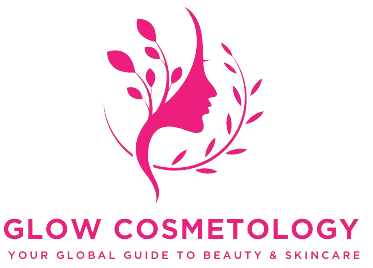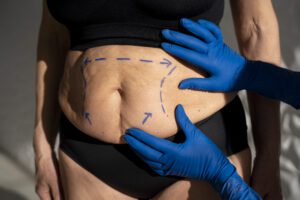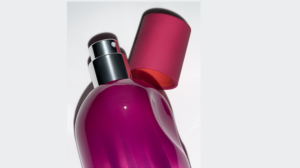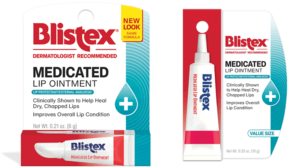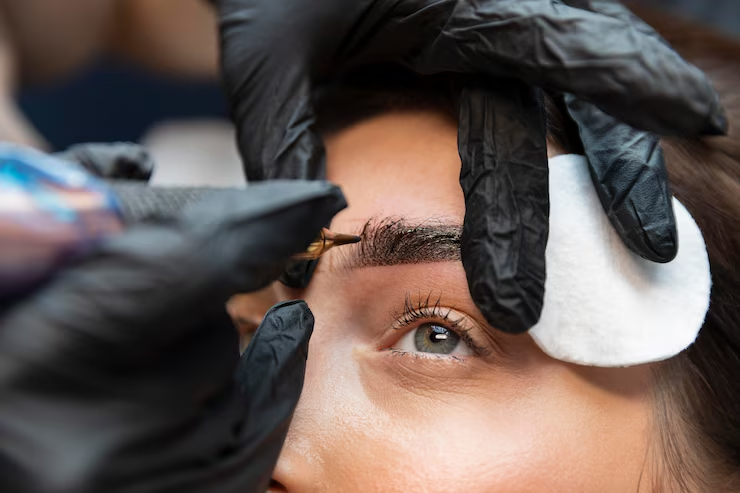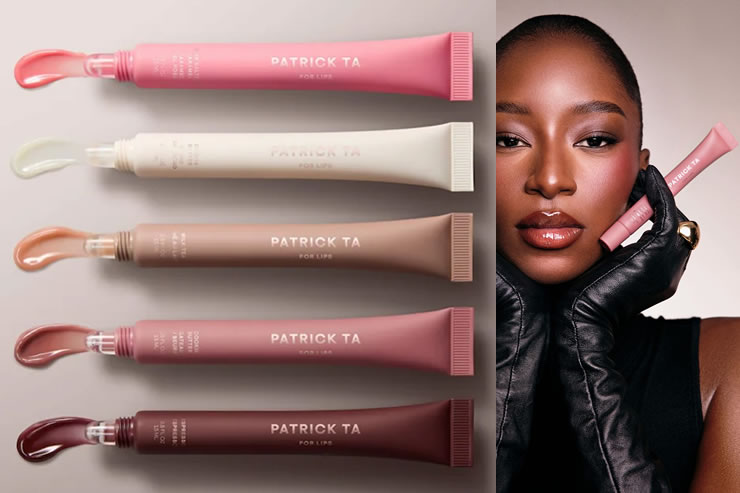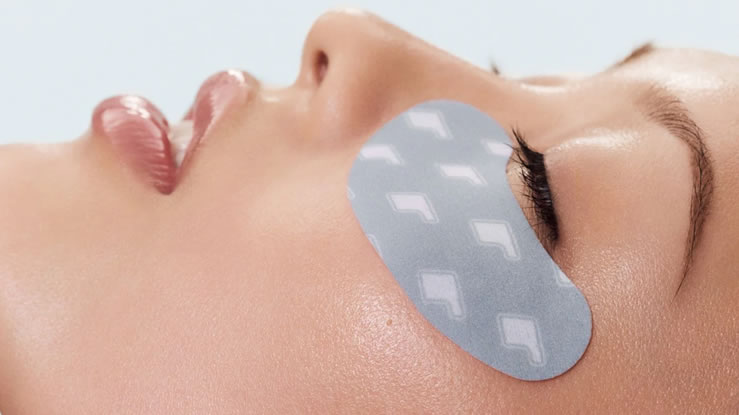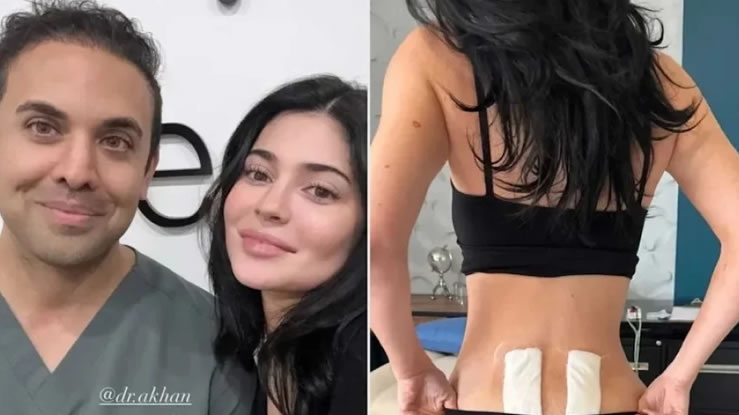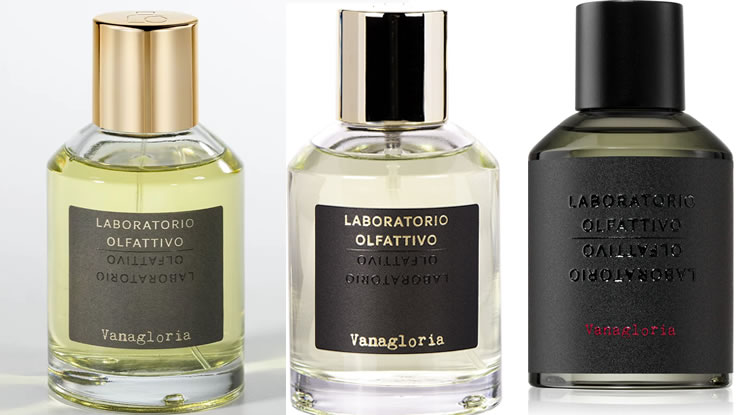Focused ultrasound, often called HIFU (High-Intensity Focused Ultrasound), is one of the most sought-after non-invasive treatments for tightening the skin, improving contour, and even reducing fat in certain areas. However, while it’s marketed as a treatment that suits “almost everyone,” the truth is that not everyone is an ideal candidate. To achieve optimal results and avoid potential side effects, it’s crucial to understand who qualifies for focused ultrasound and what factors determine eligibility.
What is Focused Ultrasound?
Focused ultrasound is a medical aesthetic procedure that uses concentrated ultrasound energy to heat deeper layers of the skin without harming the surface. This thermal effect stimulates collagen production, leading to firmer, tighter, and more lifted skin over time. It’s most commonly used on the face, neck, décolletage, and body areas like the abdomen or thighs.
The treatment can target both the skin and subcutaneous layers, depending on the device and settings used. In cosmetic applications, it’s often marketed under names like Ultherapy, Doublo, or HIFU therapy.
Who Is an Ideal Candidate for Focused Ultrasound?
Not everyone will see the same level of benefit from focused ultrasound. Ideal candidates usually meet several key criteria that determine the safety and effectiveness of the treatment.
1. Mild to Moderate Skin Laxity
The best results are seen in people with mild to moderate skin sagging. This includes those who are noticing early signs of aging like slight drooping around the jawline, neck, or eyebrows but whose skin still has enough elasticity to respond to collagen stimulation.
2. Ages 30 to 60
Focused ultrasound is particularly effective for individuals in their 30s to 60s who want to maintain or restore firmness without undergoing surgery. Younger individuals may use it preventively to slow aging, while older candidates may see limited results if skin laxity is too advanced.
3. Good Overall Health
Candidates should be in good physical health with no severe underlying medical conditions. Chronic illnesses, certain medications, or recent surgical procedures may affect healing and collagen response.
4. Realistic Expectations
Unlike surgical facelifts or liposuction, focused ultrasound does not offer immediate or dramatic results. It works gradually over 2 to 6 months as collagen remodeling takes place. Candidates who understand this timeline and are patient with the process are more likely to be satisfied.
5. Stable Weight
If the treatment area involves fat reduction (such as the jawline or abdomen), maintaining a stable weight is important. Major weight fluctuations can interfere with long-term results.
6. Non-Smokers or Those Reducing Smoking
Smoking reduces collagen production and skin healing. While smokers can still receive treatment, results may be less visible or take longer to develop.
7. Those Avoiding Surgery
Focused ultrasound is ideal for those who want skin tightening or contouring without surgery, downtime, or scars. It’s a go-to for busy professionals, new mothers, or individuals seeking a natural-looking enhancement.
Who Should Avoid Focused Ultrasound?
While focused ultrasound is safe and approved by regulatory bodies like the FDA, it’s not suitable for everyone. Understanding the contraindications helps ensure safety and effectiveness.
1. Severe Skin Laxity
Those with very loose or sagging skin may not benefit enough from ultrasound energy. In such cases, surgical lifting procedures might be more effective.
2. Metal Implants or Pacemakers
Ultrasound energy can interfere with medical implants, including pacemakers, cochlear implants, or metallic facial plates. Always disclose medical history to the practitioner.
3. Pregnant or Breastfeeding Women
There’s limited data on the safety of HIFU during pregnancy or breastfeeding, so most providers recommend postponing treatment.
4. Active Skin Infections or Wounds
If you have open wounds, acne lesions, eczema, or rashes in the treatment area, the procedure should be delayed until the skin heals.
5. Neurological or Muscular Disorders
People with conditions like epilepsy or facial nerve disorders should consult their physician before undergoing treatment.
6. Excessive Fat or Very Thin Skin
The treatment might not produce noticeable contouring results on areas with too much subcutaneous fat or where the skin is extremely thin and fragile.
Pre-Treatment Considerations
Before scheduling a focused ultrasound session, a thorough consultation with a licensed practitioner is crucial. They’ll assess your:
-
Skin elasticity and texture
-
Fat distribution (if targeting body contouring)
-
Medical history and medications
-
Desired results
During consultation, the practitioner may also recommend complementary treatments, such as radiofrequency or microneedling, to enhance collagen remodeling and improve texture.
What to Expect During the Procedure
The process begins with cleansing the treatment area and applying a conductive ultrasound gel. The handheld device delivers controlled ultrasound energy at specific depths under the skin. You might feel mild warmth or tingling sensations as the energy penetrates tissue layers.
Treatment duration varies—typically 30 to 90 minutes depending on the size of the area. There’s minimal downtime, and most people can resume daily activities immediately after.
Post-Treatment Experience
Some temporary redness, swelling, or tenderness may occur, but these effects usually subside within a few days. Visible results start appearing gradually, peaking after two to six months as collagen regenerates.
Maintaining a good skincare routine, staying hydrated, and avoiding smoking enhances the treatment’s outcome. Some people schedule annual maintenance sessions to preserve their lifted and youthful look.
Benefits of Focused Ultrasound
-
Non-surgical and no downtime
-
Long-lasting collagen stimulation
-
Natural-looking tightening and lifting
-
Suitable for multiple areas (face, neck, abdomen, thighs)
-
Safe for various skin types
Complementary Treatments
Focused ultrasound can be paired with other non-invasive options for enhanced results:
-
Radiofrequency therapy for surface tightening
-
Microneedling to boost collagen even more
-
Dermal fillers to restore volume in specific areas
-
Laser resurfacing for texture improvement
Expected Results Timeline
-
Immediately after treatment: Mild firmness or glow
-
2 to 3 months: Noticeable lift and contour definition
-
6 months and beyond: Peak collagen remodeling
-
12 months: Results typically maintained, though maintenance sessions may be advised
Focused ultrasound is a game-changing, non-invasive treatment for people seeking youthful, tighter, and more defined features without undergoing surgery. Ideal candidates are those with mild to moderate skin laxity, realistic expectations, and good overall health. By consulting with a qualified practitioner and following recommended care routines, individuals can enjoy natural and long-lasting rejuvenation results.
